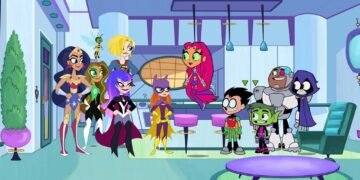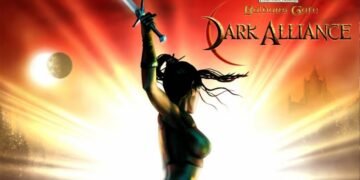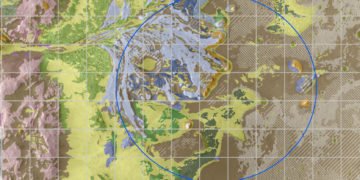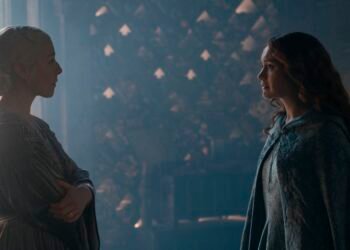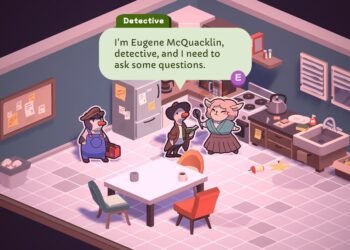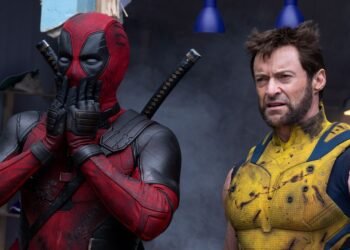In the run-up to the latest season of Britain’s long-running science fiction series Doctor Who, showrunner Chris Chibnall promised that “Spyfall,” the two-part premiere, would be the biggest story in the show’s 57-year history. The adventure backed up that bold proclamation. The first half offered a globetrotting espionage plot that had the TARDIS team dealing with a murderous GPS, donning their best tuxedos for undercover work, riding motorcycles through a vineyard in hot pursuit of a gun-toting villain, and even doing a BBC-budgeted homage to Tom Cruise catching a plane at the start of Mission Impossible: Rogue Nation. And that’s all before a closing twist that represents the most radical break yet from how Chibnall has approached Doctor Who since he took over in 2018.
Sunday’s second part largely backed up that promise, with the companions continuing the spy drama while the Doctor goes on a wild chase through 200 years of history. By a wide margin, the two parts of “Spyfall” are the most fun episodes of Jodie Whittaker’s tenure as the Doctor, and that’s not just because the show has a blast doing its best James Bond impression. After a full season spent studiously avoiding links to the show’s past, Doctor Who is back to proving it’s the most wild, ridiculously entertaining show out there.
[Ed. note: this article contains major spoilers for both parts of “Spyfall.”]
The key moment comes in the closing minutes of the first episode, where guest star Sacha Dhawan reveals that his former MI6 analyst “O” is the latest incarnation of the Master — in his words, the Doctor’s “best enemy.” It’s is a legitimately shocking twist, in part because Dhawan spends the preceding 55 minutes earning the trust of both the TARDIS team and the audience, albeit with plenty of little hints about his true nature that are just waiting to be noticed on a second viewing. But the surprise also comes from what the previous season taught us to expect from this version of Doctor Who, making it all the more thrilling when Chibnall casts those assumptions aside.
The show’s previous season — considered “season 11,” though that counts from the show’s 2005 revival, rather than from its 1963 launch — was an odd mix of innovation and throwback. The dark fairy tales and writerly pyrotechnics of Steven Moffat’s tenure as showrunner disappeared. Chibnall replaced them with more straightforward stories that used the past to explore real horrors of history, like Jim Crow and the partition of India. Meanwhile, the science fiction episodes kept much of the focus on world-building. But Chibnall and his writers made a conscious effort to set aside the show’s gargantuan mythos. Until a lone Dalek returned in “Resolution,” the 2019 New Year’s special, a stray fez was about the biggest link to Doctor Who’s previous eras.
Doctor Who doesn’t need its history to be thrilling, but season 11 too often felt defined by what it was studiously avoiding than by what it added. After 10 post-revival seasons of madcap bombast, the 2018 season was shockingly understated. “Spyfall” returns to the bombast. Season 12 already feels looser, as though Chibnall is finally ready to set aside his self-imposed rules, confident he can have fun without sacrificing what sets his incarnation of the show apart from what’s come before.
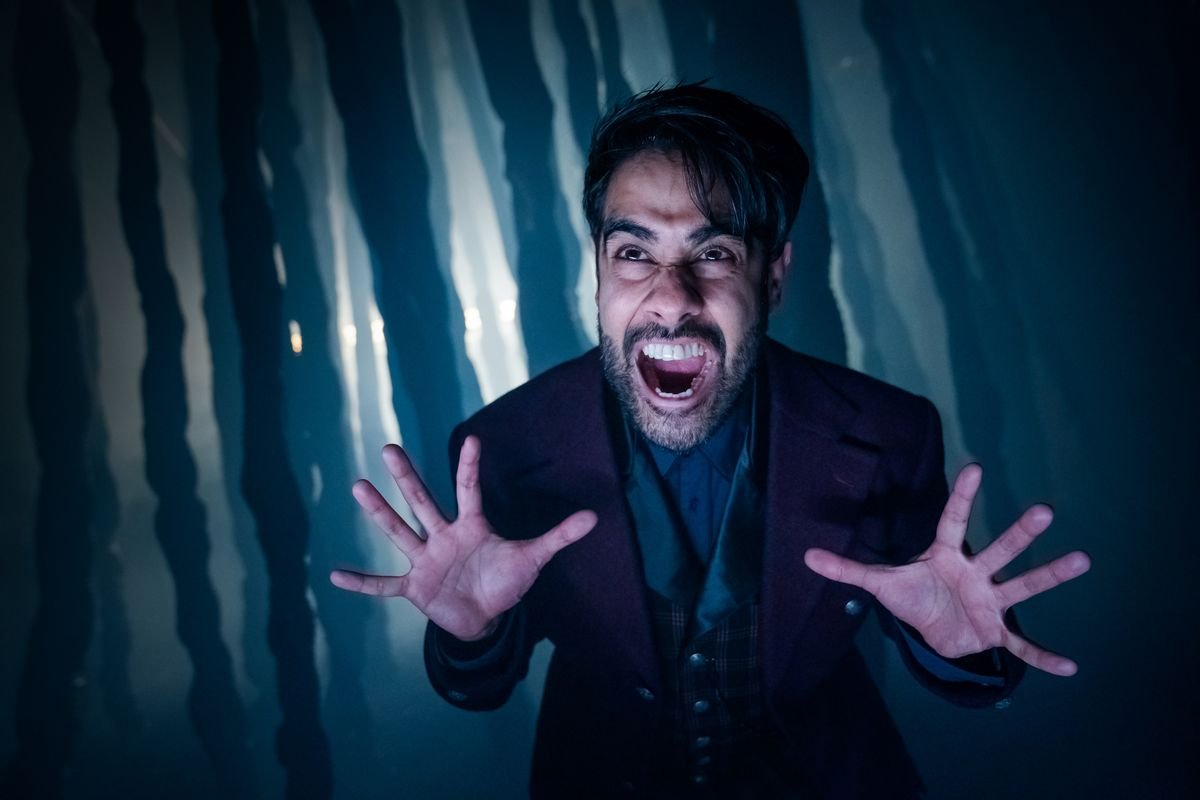
The closest precedents for the feeling of “Spyfall” are the 2014 holiday special “Last Christmas” and “The Magician’s Apprentice”/“The Witch’s Familiar,” the 2015 season premiere, marking Peter Capaldi’s second year as the Doctor. Much like Whittaker’s debut year, the first Capaldi season was a conscious, earnest attempt to get back to basics, in that case with much time spent on the question of whether his colder, more detached Doctor was still a good man.
In both cases, there’s plenty to enjoy in the individual stories, but the cumulative effect was missing a certain joie de vivre, and was sometimes easier to respect than to enjoy. But starting with “Last Christmas,” both the 12th Doctor and the show as a whole started to seem comfortable in their own skins. Capaldi’s next two seasons are two of Doctor Who’s strongest years.
“Spyfall” might ring in a similar return to form for the show. In the previous season, Doctor Who was missing the spark it has at its best. But “Spyfall” concretely improves over last season’s cast of villains. In the absence of old enemies, Chibnall offered up the alien warrior T’zim Sha (otherwise called Tim Shaw), sentient shrouds, sniper robots, a time-traveling racist, a narcissistic billionaire, and a bunch of giant spiders.
These represented two extremes: lone antagonists and implacable, almost primal forces. Both depart from the invading alien armies of iconic Doctor Who foes like the Daleks or the Cybermen. There’s nothing inherently flawed about either approach, but in practice, most of the season’s foes were painfully dull, none more so than season-spanning baddie Tim Shaw. That’s a big problem, especially when the previous era presented a serious contender for the best antagonist in the show’s history, Michelle Gomez’s deranged Mary Poppins take on the Master.
Put that way, it’s hardly shocking that the show would once more resurrect Doctor Who’s most enduring single villain. But credit where it’s due: “Spyfall” sees Chibnall make strides on his villain problem long before O reveals his true identity. The alien Kasaavin are featureless beings of pure light that claim to come from far beyond our understanding. They’re another variation on the primal, unstoppable monsters of 2019’s series, but “Spyfall” fully commits to the concept’s unnerving horror. Even better is evil tech billionaire Daniel Barton: Guest star Lenny Henry approaches the role with the casual menace and subtle camp of any good Bond villain. Chibnall and company aren’t backtracking on the formula they established in 2019, but they are executing it far better.
The Master, though, does represent more of a break. Part of keeping the show continuity-light in 2019 meant the Doctor shared little about her past with her companions. In the absence of familiar foes, she could safely remain in the present, which fits well with Whittaker’s straight-ahead, earnest take on the character. But the first half of “Spyfall” ends with the Master taunting his old friend and enemy with the claim that everything she thinks she knows is a lie.
Before that, when he’s still pretending to be O, the Master tempts the Doctor’s companion Graham — who knows so little about “the Doc” that he assumes she’s joking about once being a man — with a full dossier on her history. The show uses the Master’s return, and all the unavoidable continuity he represents, to shine a spotlight on the Doctor’s past secretiveness to drive a wedge between her and her companions. That begins to bear out in the second half of “Spyfall,” as the Doctor’s friends ask her pointed questions about her past she has until now avoided. She offers the classic summary of who she is, but when they ask her about visiting her home world, she tells them a lie she may one day regret.
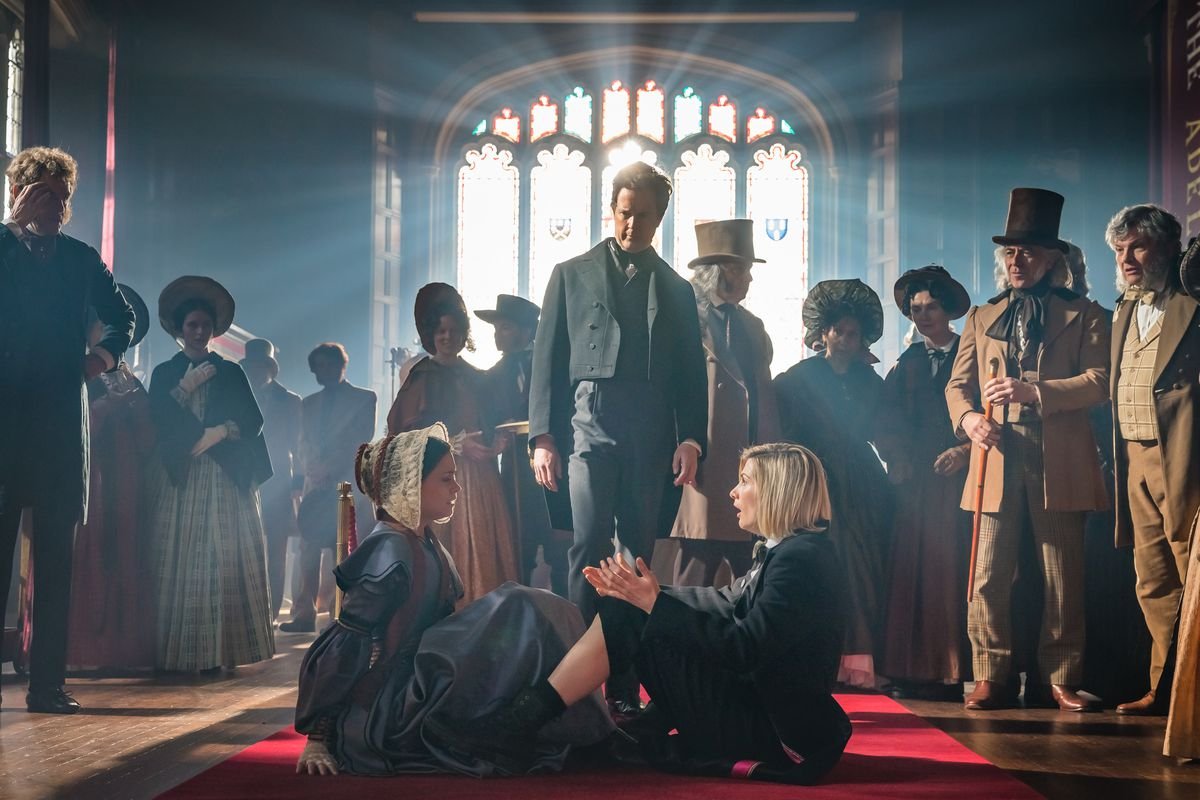
That’s because the big revelation of the second part is that Gallifrey, the Doctor’s home planet, is once again no more. The Master reveals he reduced the planet to rubble when he learned the horrible truth at the heart of Time Lord society, the secret of “the timeless child.” Once again, this recalls the previous Doctor’s transition period, as Peter Capaldi’s second year in the TARDIS introduced the season-spanning mystery of the Hybrid, another terrifying Time Lord secret. That mystery served as a useful backdrop for some of the era’s best stories, most notably the one-hander episode “Heaven Sent.”
It might feel like backtracking for Doctor Who to once again destroy Gallifrey, given that it was also destroyed during the first several years of the new series. It also could feel retrograde to center on a season-spanning mystery, as the pre-Chibnall years did. But the timeless child wasn’t introduced this past Sunday: It’s first mentioned in “The Ghost Monument,” Chibnall and Whittaker’s second episode. There’s good reason to think that the show is building on a plan laid out from the beginning of this era. The radical part is just how much more fun the show is having in the process.
Doctor Who can go in many directions from here, but it’s harder than ever to see how it can go back. Both the Doctor and the show itself might have wanted a break from the massive weight of her past, but “Spyfall” suggests that respite is over, and not a moment too soon. Doctor Who’s 12th season is a radical step in the right direction, offering larger-than-life villains, big mysteries, and more complex dilemmas for the Doctor as she struggles with how much to let her friends into the most dangerous parts of her world — including her past.
New episodes of Doctor Who will air in the U.S. every Sunday at 8 p.m. on BBC America. “Spyfall: Part One” is available to stream for free on the BBC America site, with subsequent episodes available there with a cable login or to purchase on YouTube and Amazon Prime.







